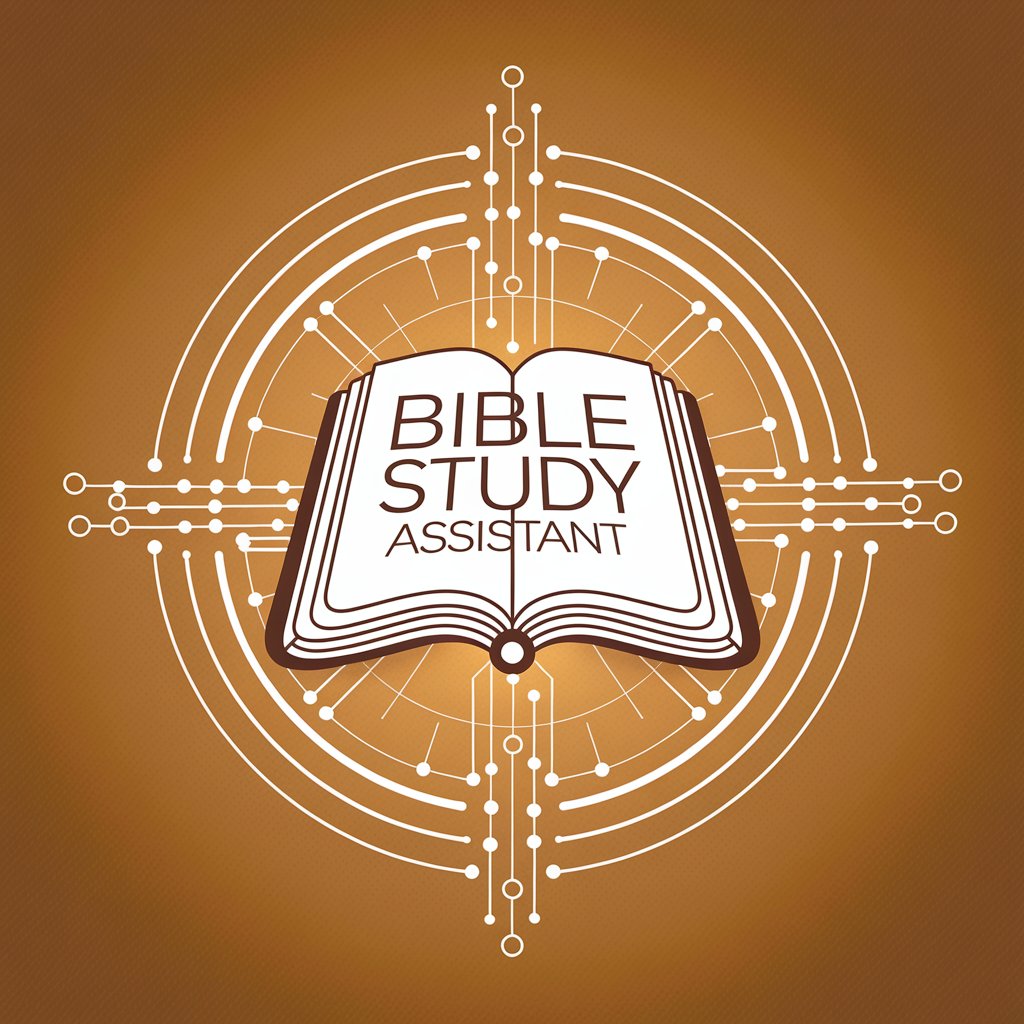
사투리 변환기-AI-powered Korean dialect converter
AI-powered dialect conversion for Korean text

Translates standard Korean to regional dialects.
Translate this to Jeju dialect:
How would you say this in Busan 사투리?
Convert to Gyeongsang dialect:
What's the Jeolla version of this sentence?
Get Embed Code
Introduction to 사투리 변환기 (Dialect Converter)
A 사투리 변환기사투리 변환기 설명 (Dialect Converter) is a tool or system designed to convert regional dialects (사투리) in Korean into Standard Korean (서울말, or the Seoul dialect), or vice versa. The purpose of such a system is to help people understand dialects that may be unfamiliar or difficult for non-native speakers or individuals from different regions of South Korea. It can also be used to translate between different regional dialects, which often have distinct vocabulary, pronunciation, and grammatical structures. The design purpose of a 사투리 변환기 is to bridge communication gaps, preserve regional languages, and aid in education and entertainment. Examples of dialects in Korea include Gyeongsangdo dialect (Busan, Daegu), Jeolla dialect (Gwangju), and Jeju dialect (Jeju Island), each of which has unique phonetic, lexical, and syntactic characteristics. For example, in the Gyeongsangdo dialect, the word for 'water' is 'mul' (물) in standard Korean but is pronounced 'meul' (물) with a distinct regional twist.
Main Functions of 사투리 변환기
Dialect-to-Standard사투리 변환기 설명 Korean Conversion
Example
A user from Busan enters a phrase in the Busan dialect: '어디 가는고?' (Eodi ganeungo?), which translates to 'Where are you going?' in Standard Korean. The 사투리 변환기 converts it to the standard form: '어디 가는 거야?' (Eodi ganeun geoya?).
Scenario
This function is ideal for people who are unfamiliar with specific regional dialects but need to understand or communicate with speakers of those dialects. For example, a person from Seoul visiting Busan might not fully understand the local dialect, and the tool helps them translate or interpret conversations.
Dialect-to-Dialect Conversion
Example
A user in Gwangju (Jeolla dialect) enters the phrase '밥 먹었나?' (Bap meogeonna?), which means 'Did you eat?' in Standard Korean. The converter changes it to the equivalent phrase in the Busan dialect, '밥 묵었나?' (Bap mukeonna?).
Scenario
This function is useful for people traveling or communicating between regions with different dialects. A native of Gwangju might want to understand or speak to someone from Daegu or Busan, and the tool allows for seamless communication between speakers of different dialects.
Pronunciation Assistance
Example
A person trying to speak in a Jeju dialect uses a standard phrase like '가자' (gaja, 'let's go') but with incorrect pronunciation. The 사투리 변환기 suggests the correct pronunciation specific to Jeju dialect, such as '가자' being pronounced '가자' with a softer, more fluid intonation.
Scenario
This feature benefits language learners or individuals who want to improve their pronunciation in a specific dialect. It is especially helpful for non-native speakers or tourists who want to accurately imitate local speech when visiting dialect-heavy regions.
Ideal Users of 사투리 변환기
Language Learners
Learners of Korean who wish to expand their understanding of regional dialects or master various nuances of the Korean language can benefit greatly from a dialect converter. For example, a student studying Korean might focus on learning Standard Korean but will eventually encounter dialects in media or while traveling. The dialect converter allows them to bridge that gap and gain deeper insights into Korean linguistic diversity.
Tourists and Travelers
Tourists or travelers to South Korea who may not be familiar with regional dialects will find the 사투리 변환기 invaluable. As dialects can be significantly different across regions like Jeju, Gyeongsang, and Jeolla, this tool helps them understand local speech, navigate conversations, and interact with locals more naturally. This ensures smoother travel experiences, especially in areas where dialects are stronger than the standard language.
Regional Residents and Expatriates
People who have relocated to a different region within South Korea may find the dialect converter useful for adapting to new local speech patterns. For instance, a Seoul resident moving to Busan might struggle with the distinct accents and phrases used in the Gyeongsang dialect. A dialect converter helps ease their transition by providing them with tools to understand, use, and be understood in the new region.
Content Creators and Media Professionals
Content creators, such as writers, filmmakers, and journalists, often deal with regional language and dialects in their work. For example, a filmmaker making a documentary about life in Jeolla may need to accurately depict the local speech. A 사투리 변환기 can assist in ensuring linguistic accuracy, whether for subtitles, voiceovers, or dialogue writing. It helps in authentic representation of regional dialects in media.
How to Use 사투리 변환기 (Dialect Converter)
Visit the website for free trial
Go to aichatonline.org for a free trial. No need for an account or ChatGPT Plus subscription. You can access the service directly without any barriers.
Choose the dialect you wish to convert from and to. The tool offers various regional dialects of Korean, such as Busan, Jeolla, and Gyeongsang, and supports conversions between these dialects.
Enter the text for conversion
Input the text you wish to convert into the provided text box. Ensure that the text is grammatically correct in the original dialect for better conversion results.
Select output format and preferences
Specify any additional settings or preferences, such as the level of formality in the output. Some dialects may offer variations in politeness or tone, so be sure to adjust accordingly.
Click 'Convert' and review results
Click the 'Convert' button to process the input. After conversion, review the translated text, and use the option to copy, download, or share it. You may want to test different settings for accuracy.
Try other advanced and practical GPTs
中文数学物理助手
AI-powered assistant for math and physics

🤖SEO 최적화 네이버 블로그 현직 쇼핑몰 대표이자 블로그 마케팅 전문가가 대신 써드려요
AI-driven SEO Optimization for Naver Blogs.
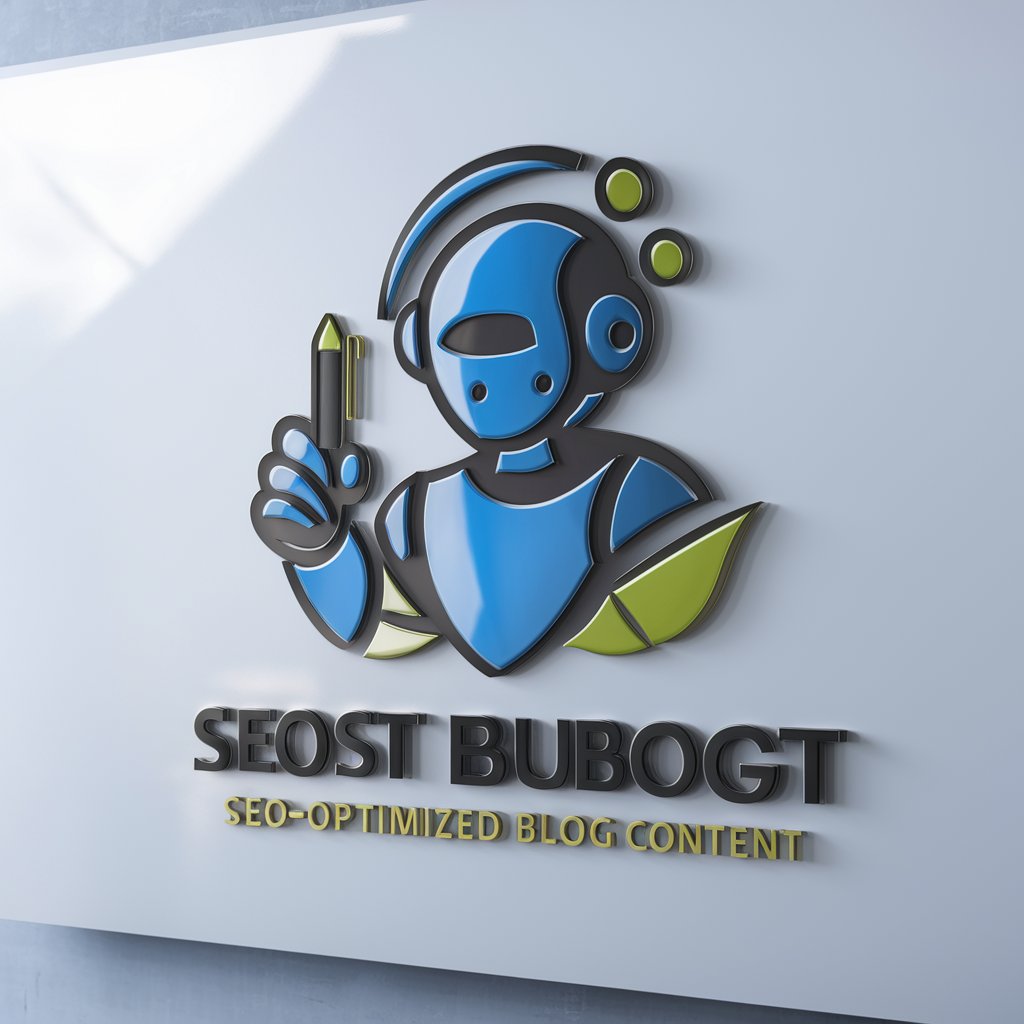
品牌策划运营师
AI-powered brand strategist for growth

SQL Server, SSIS, Python, C#, ETL Code Mentor
AI-powered mentor for SQL, ETL, Python & C#.

Wissenschaftlicher Forschungs- und Schreibbuddy
AI-powered academic writing and research drafting
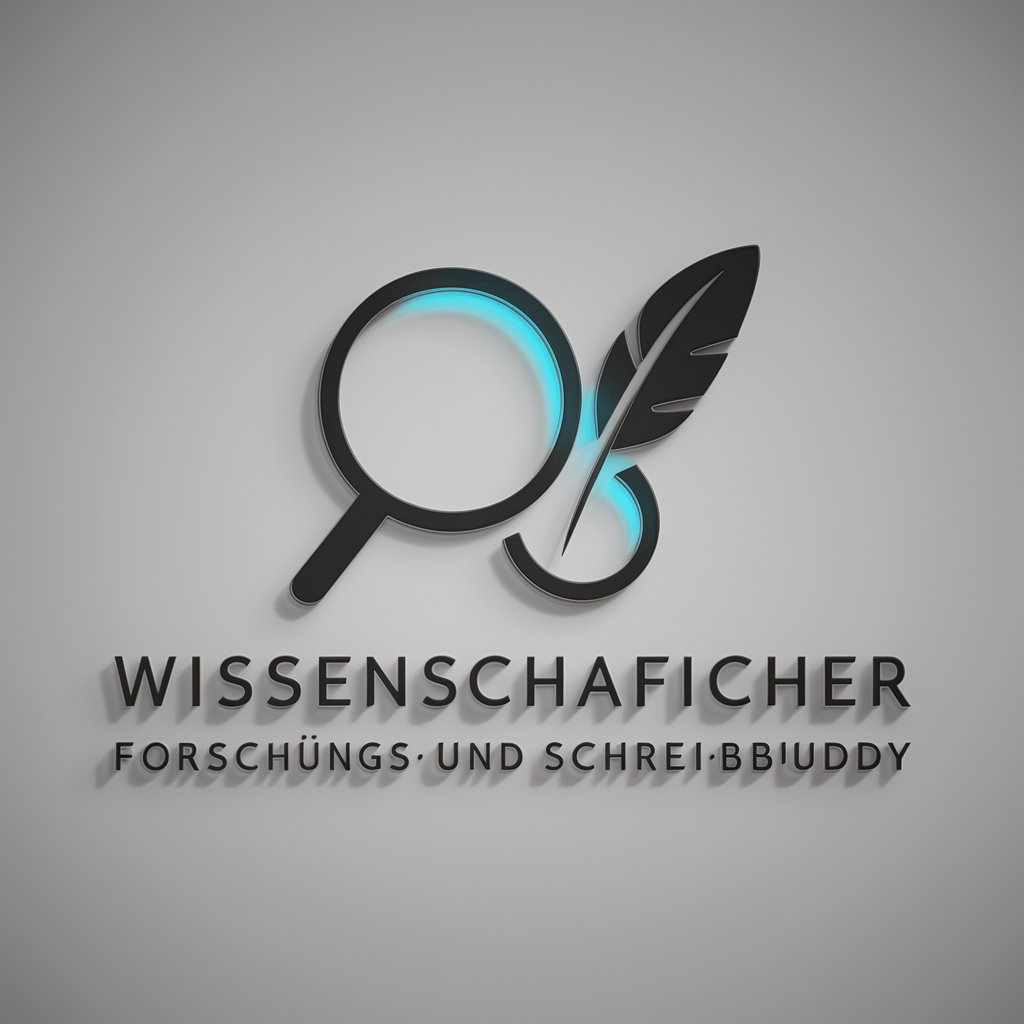
Thai Translater
AI-powered Thai translations, instantly.
Question Maker
AI-powered question generation for educators
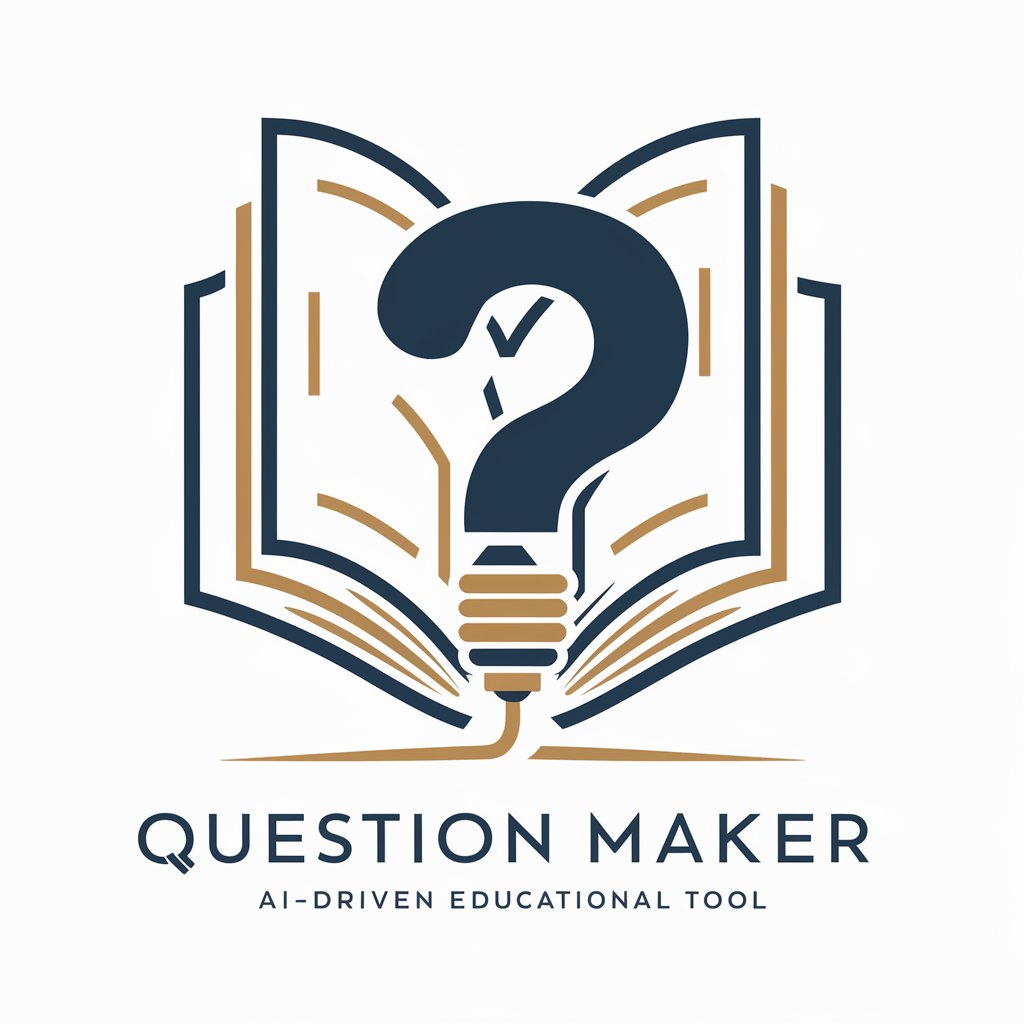
기업분석보고서
AI-powered insights for smarter business decisions

İslami Rüya Tabiri
AI-powered Islamic dream interpretation grounded in classics

Sửa và Dịch Phụ Đề
AI-driven subtitle editing and translation tool.

행정 업무 수호천사
AI-powered administrative task optimization.

ABAP Helper
AI-powered assistance for ABAP developers
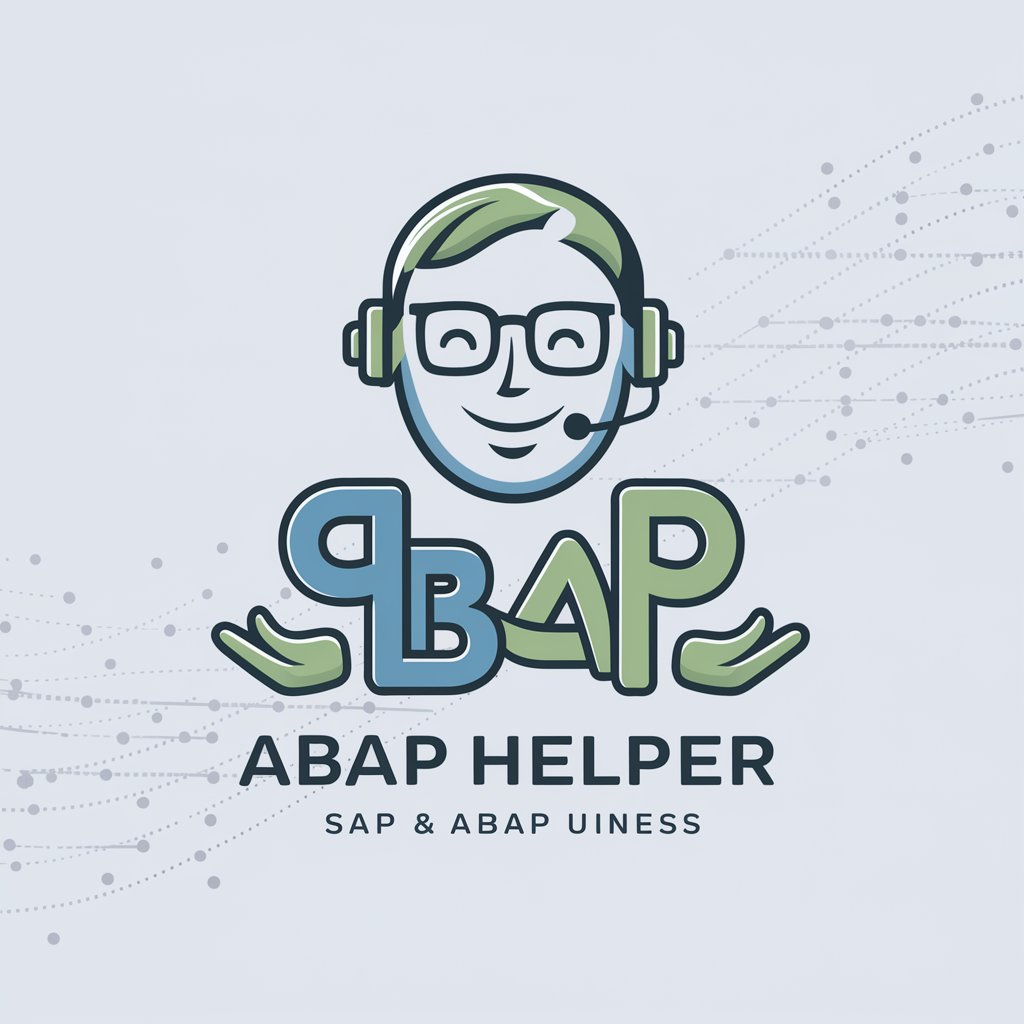
- Language Learning
- Content Localization
- Regional Communication
- Cultural Research
- Scriptwriting Assistance
Frequently Asked Questions about 사투리 변환기
사투리 변환기 (Dialect Converter) is an AI-powered tool designed to convert standard Korean text into regional dialects. It supports dialects such as Busan, Jeolla, and Gyeongsang, helping users accurately represent spoken regional variations in written form.
Do I need to create an account to use the tool?
No, you don’t need an account to use 사투리 변환기. You can access the tool and use its features through a free trial directly on the website without logging in or having a subscription.
Can I use this tool for professional work?
Yes, 사투리 변환기 is suitable for various professional uses, such as regional communication, cultural research, scriptwriting, and more. The tool is reliable for converting text into accurate dialects for business or creative applications.
Is there a limit to the text I can convert?
There is typically no strict limit for text length in the free trial, but longer texts may require additional processing time. If you’re working with extensive content, consider breaking it into smaller sections for faster results.
How accurate is the dialect conversion?
The accuracy of the conversion is generally high, especially for commonly used dialects. However, results may vary depending on the complexity of the original text and the dialect in question. Experimenting with different inputs can help fine-tune the output.




